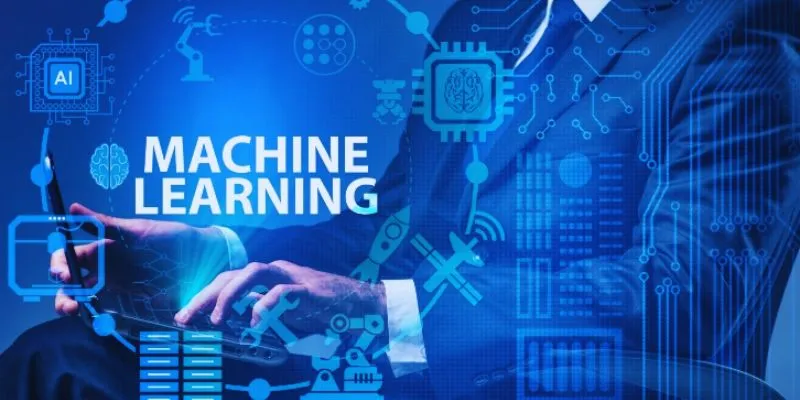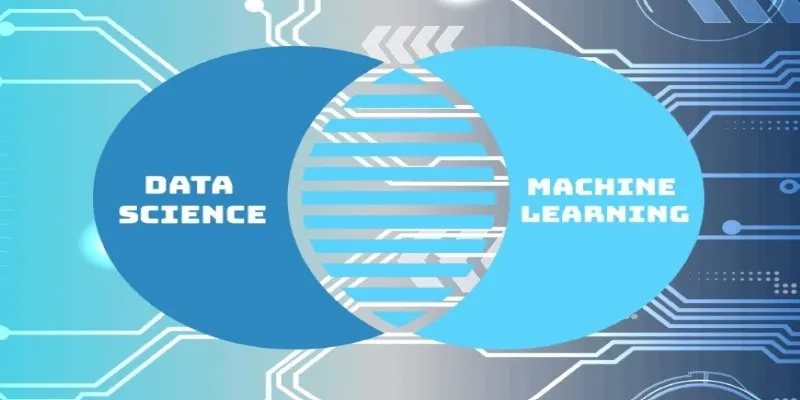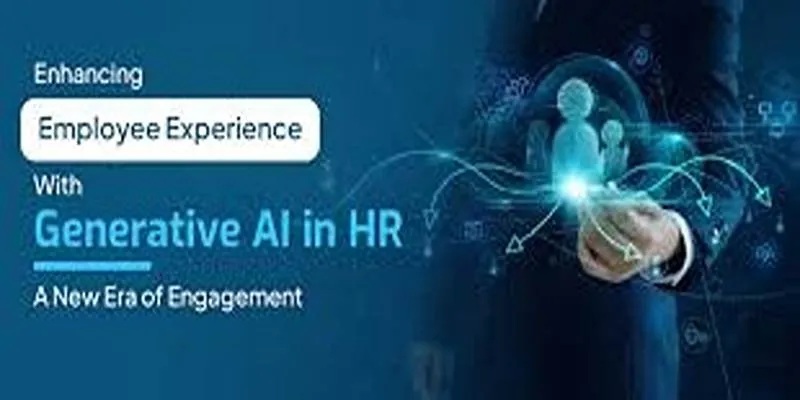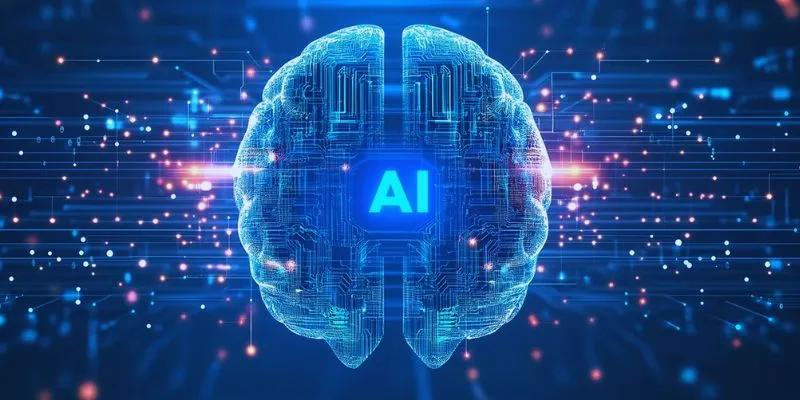As AI becomes increasingly central to our digital tools and products, its complexity grows. A pivotal split has emerged behind the scenes: MLOps versus LLMOps. Although they might seem similar on the surface—both focus on operationalizing machine learning—they manage two very distinct domains.
MLOps is dedicated to managing the lifecycle of traditional ML models, such as those predicting housing prices or detecting spam. In contrast, LLMOps caters to large language models powering chatbots, content generators, and coding assistants. These systems don’t just crunch data; they reason, synthesize, and mimic human thought. Your choice depends on what you’re building.
Understanding the Core Differences Between LLMOps and MLOps
The difference between MLOps and LLMOps starts with their focus. MLOps (short for Machine Learning Operations) has evolved over the last decade, enabling teams to train, deploy, and maintain models like recommendation engines, fraud detectors, or image classifiers. Workflows typically involve feature engineering, small to medium-sized datasets, regular retraining, and tight feedback loops. The main goal is automation and efficiency, ensuring models quickly and reliably transition from experimentation to production.

LLMOps is a more recent and specialized branch. This framework handles large language models (LLMs), such as GPT, BERT, or PaLM. These models are rarely trained from scratch within organizations; instead, they are often fine-tuned or used via APIs, handling enormous datasets. The challenges aren’t limited to model deployment. They include prompt engineering, inference optimization, data privacy, hallucination detection, and managing continuous context. LLMOps requires infrastructure capable of handling vast text data, long-running inference jobs, and human-in-the-loop validation for sensitive tasks.
Version control also differs. In MLOps, you track features, model versions, and training data. In LLMOps, you manage prompt templates, chains, vector databases, and embeddings.
Infrastructure, Tooling, and Workflow Shifts
The infrastructure for MLOps and LLMOps diverges in notable ways. MLOps setups generally revolve around pipelines moving models through training, validation, and deployment stages. Frameworks like MLflow, TFX, and Kubeflow automate this lifecycle, with most heavy lifting during training while the inference stage is often lightweight.
In contrast, LLMOps flips this model. Training foundational LLMs is expensive and resource-intensive, leading most organizations to opt for fine-tuning or pre-trained models. This shifts focus from training pipelines to inference management, where serving a single model call can be costly and involves components like embedding lookups, context chaining, and retrieval-augmented generation (RAG).
Tooling reflects this shift. LLMOps workflows increasingly rely on vector stores such as Pinecone, Weaviate, or FAISS, and orchestration frameworks supporting prompt chaining like LangChain or LlamaIndex. Monitoring also changes, shifting from numeric accuracy performance drift to hallucination rates, prompt performance, and latency across different use cases.
Security and governance are heightened too. While MLOps often deals with structured data privacy and compliance, LLMOps must consider unstructured text leaks, model misuse, prompt injection attacks, and output filtering—challenges that are harder to anticipate and measure.
Team Skillsets and Organizational Impacts
The talent required shifts based on whether you’re running MLOps or LLMOps. Traditional MLOps teams typically include data scientists, ML engineers, and DevOps professionals focusing on structured data and model evaluation metrics like precision, recall, F1-score, and AUC.

LLMOps requires a different mix. While ML engineers still play a role, prompt engineers, NLP specialists, and content strategists become critical. Fine-tuning prompts or aligning model behavior with user expectations isn’t purely technical; it often requires domain knowledge, nuanced language understanding, and iterative trial and error.
Operationally, LLMOps introduces new dependencies across teams. A chatbot powered by an LLM impacts customer support, content moderation, legal compliance, and user experience. Building and deploying becomes a cross-functional task with feedback loops extending through less technical parts of the organization.
For companies accustomed to the more compartmentalized world of MLOps, this can be a cultural shift requiring agile coordination, real-time feedback integration, and non-linear workflows.
Making the Right Choice for Your AI Stack
Deciding between MLOps and LLMOps isn’t about choosing a winner; it’s about understanding the problems you’re solving.
If your goal is structured predictions—forecasting inventory, scoring leads, or detecting anomalies—MLOps is your go-to. It’s mature, predictable, and well-supported. Workflows are linear, and tools are robust, enabling you to train models, control data pipelines, and continuously retrain for better accuracy.
However, if your application involves understanding or generating language—answering customer questions, summarizing documents, or creating content—LLMOps is essential. This framework supports applications that are more fluid, context-aware, and closer to human interaction, though it comes with more uncertainty, higher costs, and ongoing experimentation.
Sometimes, a hybrid strategy is best. An ML model might score a user’s intent or product relevance, while an LLM generates a personalized response. Hybrid systems add operational complexity, requiring familiarity with both MLOps and LLMOps.
Vendor strategy is another consideration. MLOps workflows can be self-contained—hosting your data, training models, and using open-source tools. In contrast, LLMOps, especially when using APIs like OpenAI or Anthropic, involves dependency on external services, affecting cost, latency, privacy, and model behavior control.
The real question isn’t “MLOps or LLMOps?” but “What capabilities do we need, and what risks can we manage?” If building a scalable analytics engine, MLOps provides stability. For developing a conversational agent or knowledge assistant, LLMOps is crucial—even if it means adapting to new tools and trade-offs.
Conclusion
Choosing between MLOps and LLMOps hinges on your AI goals. MLOps suits traditional, structured tasks, while LLMOps supports language-based models and unstructured data. Each has trade-offs, but understanding your system’s needs is key. Not all AI requires language generation, but when it does, LLMOps is worth the complexity. Blending both approaches where appropriate can shape more effective, adaptive AI solutions as the field continues to evolve.
 zfn9
zfn9





















